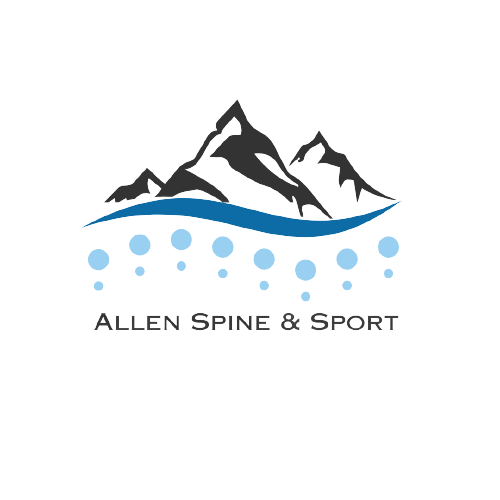What is the McKenzie Method of Mechanical Diagnosis and Therapy (MDT)?
Imagine you have the power to control your pain, stiffness and ability to do your work or daily activities. Imagine being able to use your own educated skills and resources when you gain knowledge and guidance from a Certified McKenzie provider.
The McKenzie method of Mechanical Diagnosis and Therapy (MDT) is both a diagnostic and treatment technique that utilizes end-range loading of the spine and extremities (shoulder, hip, knee, ankle, foot, etc.). End-range loading means moving the joint into a specific direction, as far as it can go, in a controlled manner. The diagnostic protocol involves classification of the patient into one of four categories, depending on how the patient responds to the movement.
This method is most extraordinarily effective for discogenic pain as in the case with a disc herniation or disc bulge (most common in neck and lower back). It’s also great for other spinal conditions involving radiating symptoms such as spinal stenosis, sciatica, sacroiliac joint pain, degenerative disc disease, muscle spasm and intermittent numbness in the hands or feet. In addition to spinal complaints, MDT is also very effective for extremity joint pain and radiating symptoms. These can include shoulder impingement, thoracic outlet syndrome, hip impingement, carpal tunnel syndrome and other nerve entrapments or injuries. The movements involved are also a great addition to other treatment methods such as joint manipulation, soft tissue therapy and DNS stabilization exercises.
Derangement is the most common classification and is characterized by a mechanical obstruction to movement into a specific direction and that results in centralization of symptoms with repeated end-range loading in that direction (directional preference). Centralization means that the symptoms move towards the spine, or the joint involved. For example, from the big toe to the knee, then to the hip and then to the low back. Centralization is typically accompanied by improvements in neurological findings such as strength and deep tendon reflexes. The treatment protocol goes hand-in-hand with the diagnostic protocol because the classification of the patient tells us what they need to do for treatment and for home-exercises: repeated end-range loading in their directional preference. The MDT philosophy stands for empowering the patient and creating self-efficacy through education and guidance from a McKenzie provider. Dr. Allen is fully certified in MDT and would love to be part your musculoskeletal healthcare team.
Dr. Forrest Allen is a sports chiropractor and co-owner at Allen Spine and Sport. He has a passion for integrating spinal and extremity joint manipulation, manual therapies like dry needling, fascial manipulation, etc., and rehabilitative exercises founded in Dynamic Neuromuscular Stabilization (DNS). Visit our website and give our office a call!


